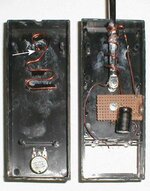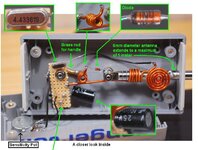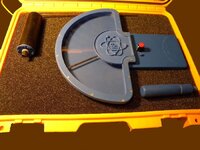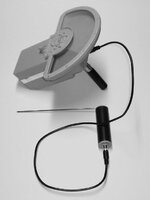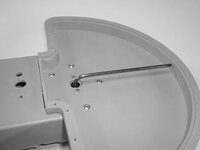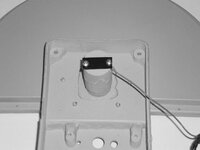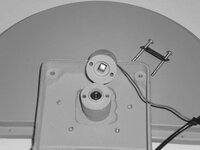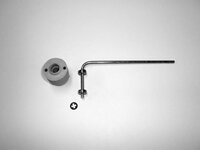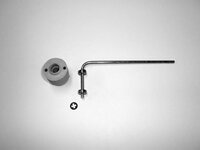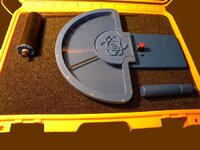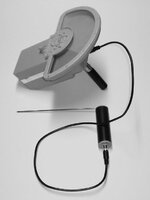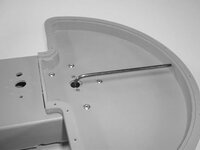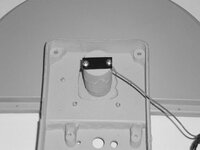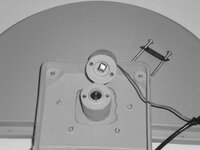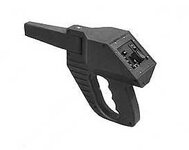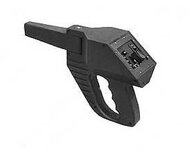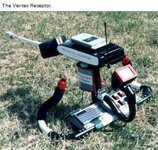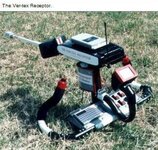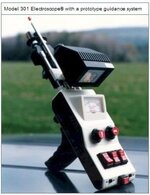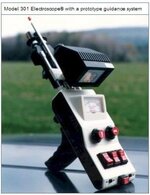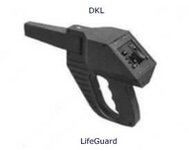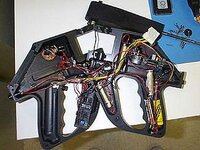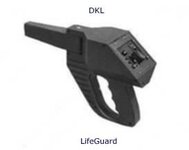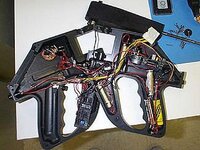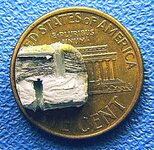EE THr
Silver Member
Known Facts About LRLs Only---No Insults or Tall Tales
The Big Four Proofs of LRLs Fraud
1. There is no explanation, using standard electronics, for the devices ever working.
2. The movement of the swivel pointer or rods is not powered by the devices.
3. Makers and owners of these devices refuse to take a properly administered random double blind test.
4. LRL promoters refuse to approve of a credentialed professional organization at which to have their devices or schematics evaluated.
The proponent's only rebuttal is that they claim to find what they are looking for. This, however is not being contested by items #1-4. The statement of this list is that the electronics add-ons, to what is merely a dowsing device, are not necessary, and are only there to charge high prices. This makes their reports of allegedly finding stuff a total Straw Man type of fallacy, and thus void as rebuttals to this list. Besides, just saying you found something, or publishing non-verifiable "testimonials," or easily alterable photos, or "set up" videos, is obviously not proof. A random double-blind test, fully documented by an unbiased observer, would be real proof.
More evidence will be added from time-to-time. Feel free to post any known and provable facts.
The Big Four Proofs of LRLs Fraud
1. There is no explanation, using standard electronics, for the devices ever working.
2. The movement of the swivel pointer or rods is not powered by the devices.
3. Makers and owners of these devices refuse to take a properly administered random double blind test.
4. LRL promoters refuse to approve of a credentialed professional organization at which to have their devices or schematics evaluated.
The proponent's only rebuttal is that they claim to find what they are looking for. This, however is not being contested by items #1-4. The statement of this list is that the electronics add-ons, to what is merely a dowsing device, are not necessary, and are only there to charge high prices. This makes their reports of allegedly finding stuff a total Straw Man type of fallacy, and thus void as rebuttals to this list. Besides, just saying you found something, or publishing non-verifiable "testimonials," or easily alterable photos, or "set up" videos, is obviously not proof. A random double-blind test, fully documented by an unbiased observer, would be real proof.
More evidence will be added from time-to-time. Feel free to post any known and provable facts.


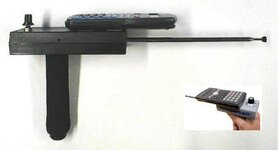
![RangerTell schematic[1].jpg RangerTell schematic[1].jpg](https://www.treasurenet.com/data/attachments/515/515192-26a89ad14d775cece5f85a66100471e8.jpg)
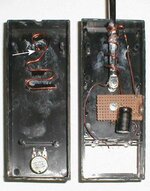
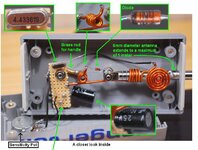
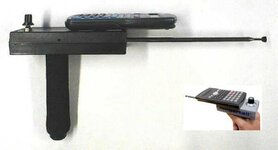
![RangerTell schematic[1].jpg](/data/attachments/515/515195-26a89ad14d775cece5f85a66100471e8.jpg)
